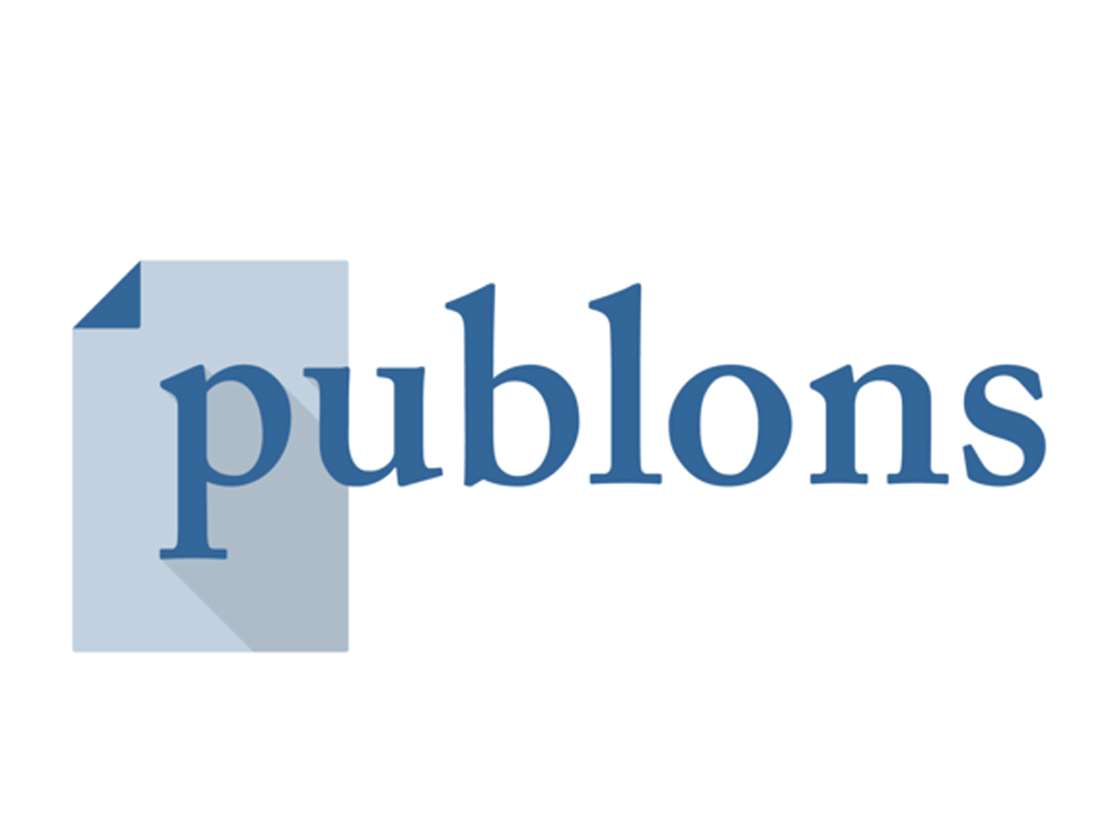Market Segmentation, Customers, and Value Propositions Analysis for Polymer Clay Art Business Start-Up
DOI:
https://doi.org/10.21512/bbr.v7i1.1488Keywords:
polymer clay art, market segmentation, customer, value proposition, business start-upAbstract
Polymer clay art is one of the creative businesses that are recently starting to get a lot of attentions. To prepare a startup business in this field, analysis from a lot of aspects is needed. The purpose of this article was to explain the approach of the polymer clay art business startup from the market segmentation, customer, and value proposition side of the business. The method was applied by analyzing those steps in details. The analysis started from brainstorming to choose the market matching to business, the customer side, value proposition, and between both aspects. The result of the analysis shows the business focus of the polymer clay art business, where the value propositions are focusing on unique decorations, and several types of customer segments.
References
Aulet, B. (2013). Disciplined Entrepreneurship: 24 Steps
to a Successful Startup. New Jersey: John Wiley & Sons, Inc.
Fitriani, F. F. (2014, 28 Oct.). KABINET KERJA: Menteri
Koperasi & UKM Tunggu Arahan Jokowi, Retrieved January 18th, 2015 from http://industri.bisnis.com/
read/20141028/87/268595/kabinet-kerja-menterikoperasi-
ukm-tunggu-arahan-jokowi
Grover, R., & Srinivasan, V. (1987). A Simultaneous Approach to Market Segmentation and Market Structuring. Journal of Marketing Research, 24(2), 139-153.
Harrington, H. J., & Trusko, B. (2014). Maximizing Value
Propositions to Increase Project Success Rates. Florida: CRC Press.
Kaplan, R. S., & Norton, D. P. (Feb 2014). Measuring the
Strategic Readiness of Intangible Assets. Harvard Business Review, 21-33.
McDonald, M., & Dunbar, I. (2013). Market Segmentation:
How to Do It and How to Profit from It. West Sussex: John Wiley & Sons, Ltd.
Munthe, M. G. (2014, 17 Mar). Pemerintah Alokasi Rp60
Miliar Untuk Pengembangan Wirausaha, Retrieved
January 18, 2015 from http://industri.bisnis.com/
read/20140317/87/211488/pemerintah-alokasirp60-
miliar-untuk-pengembangan-wirausaha.
O’Dell, C. & Grayson, C. J., Jr. (1999). Knowledge Transfer: Discover Your Value Proposition. Strategy & Leadership, 27(2), 10-15.
Osterwalder, A. & Pigneur, Y. (2010). Business Model Generation: A Handbook for Visionaries, Game Changers, and Challengers. New Jersey: John Wiley & Sons, Inc.
Osterwalder, A., Pigneur, Y., Bernarda, G., & Smith, A.
(2014). Value proposition design: How to create products and services customers want. New Jersey: John Wiley & Sons, Inc.
Weinstein, A. (2004). Handbook of Market Segmentation:
Strategic Targeting for Business and Technology Firms (3rd ed.). New York: The Haworth Press, Inc.
Downloads
Published
How to Cite
Issue
Section
License
Authors who publish with this journal agree to the following terms:
a. Authors retain copyright and grant the journal right of first publication with the work simultaneously licensed under a Creative Commons Attribution License - Share Alike that allows others to share the work with an acknowledgment of the work's authorship and initial publication in this journal.
b. Authors are able to enter into separate, additional contractual arrangements for the non-exclusive distribution of the journal's published version of the work (e.g., post it to an institutional repository or publish it in a book), with an acknowledgment of its initial publication in this journal.
c. Authors are permitted and encouraged to post their work online (e.g., in institutional repositories or on their website) prior to and during the submission process, as it can lead to productive exchanges, as well as earlier and greater citation of published work.
USER RIGHTS
All articles published Open Access will be immediately and permanently free for everyone to read and download. We are continuously working with our author communities to select the best choice of license options, currently being defined for this journal as follows: Creative Commons Attribution-Share Alike (CC BY-SA)



























